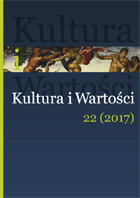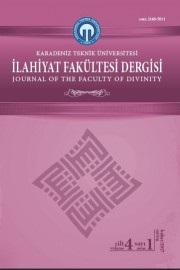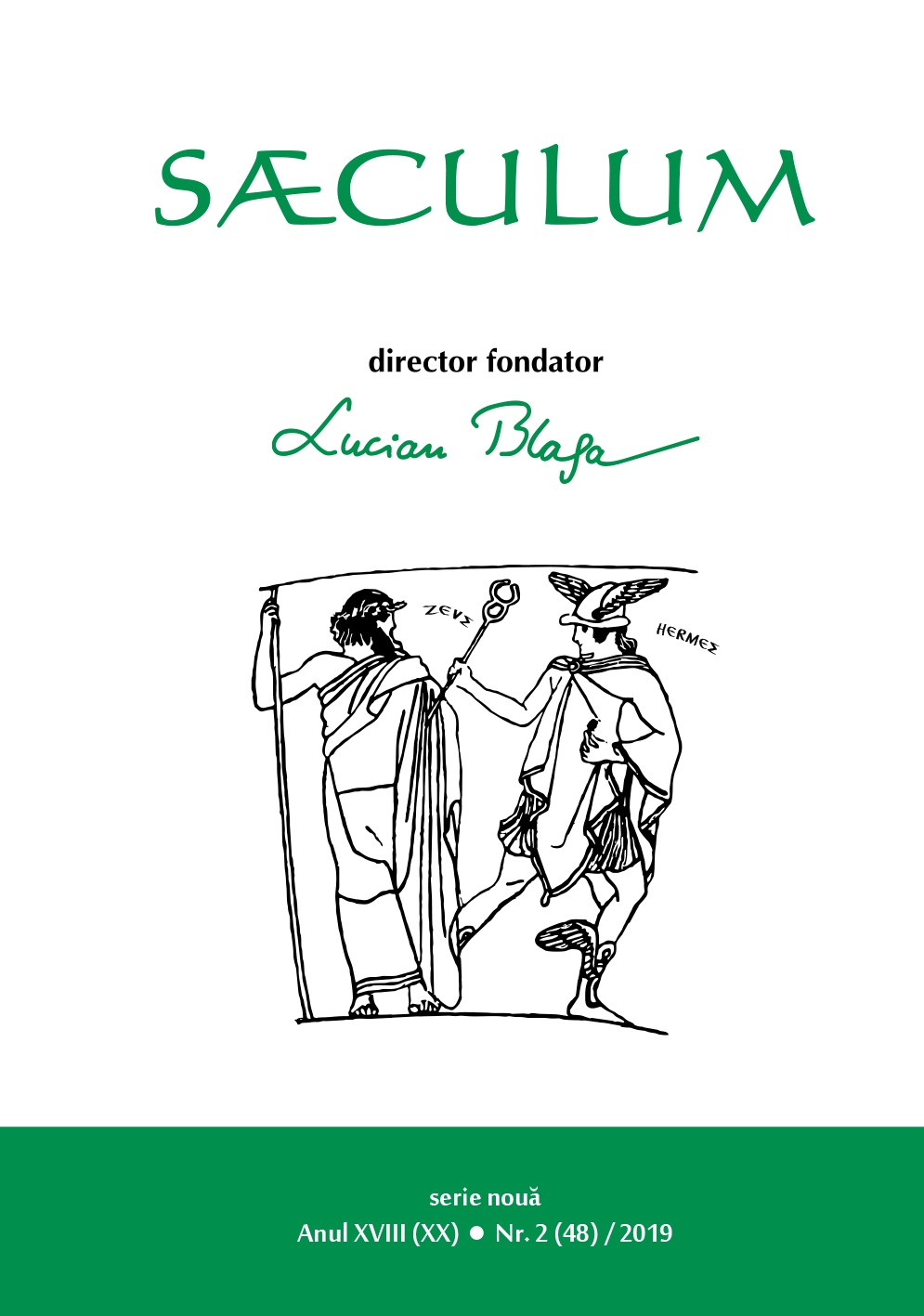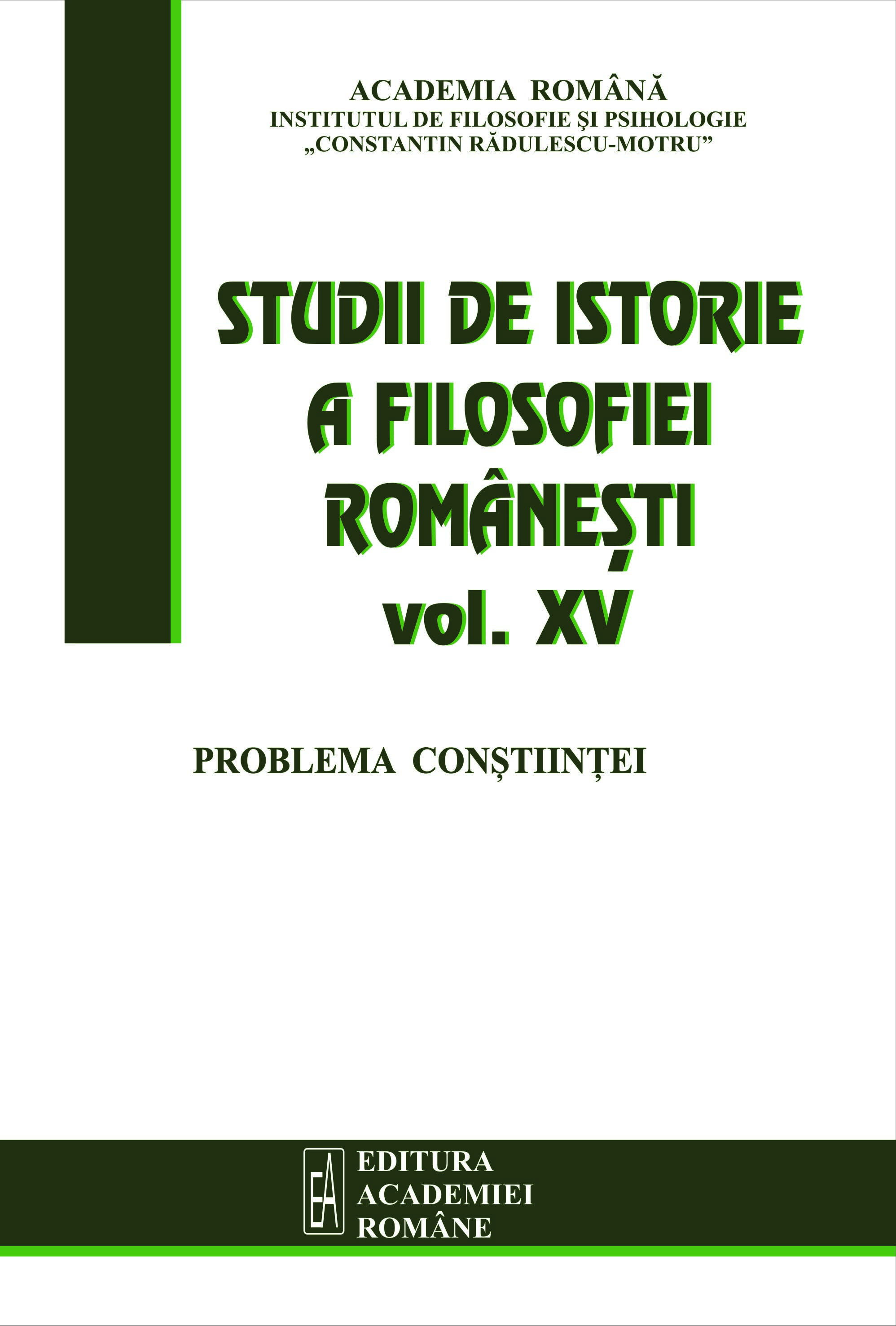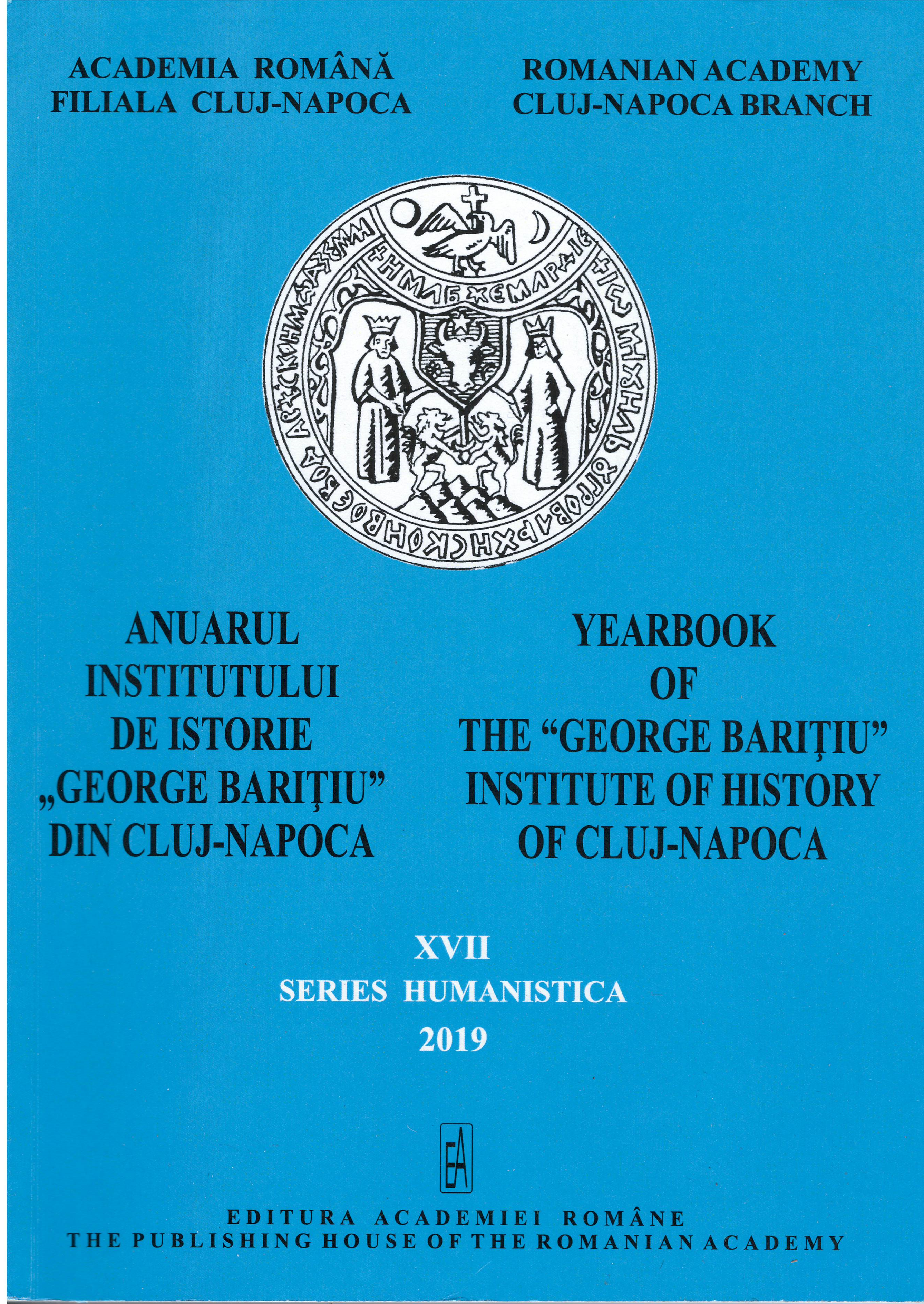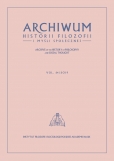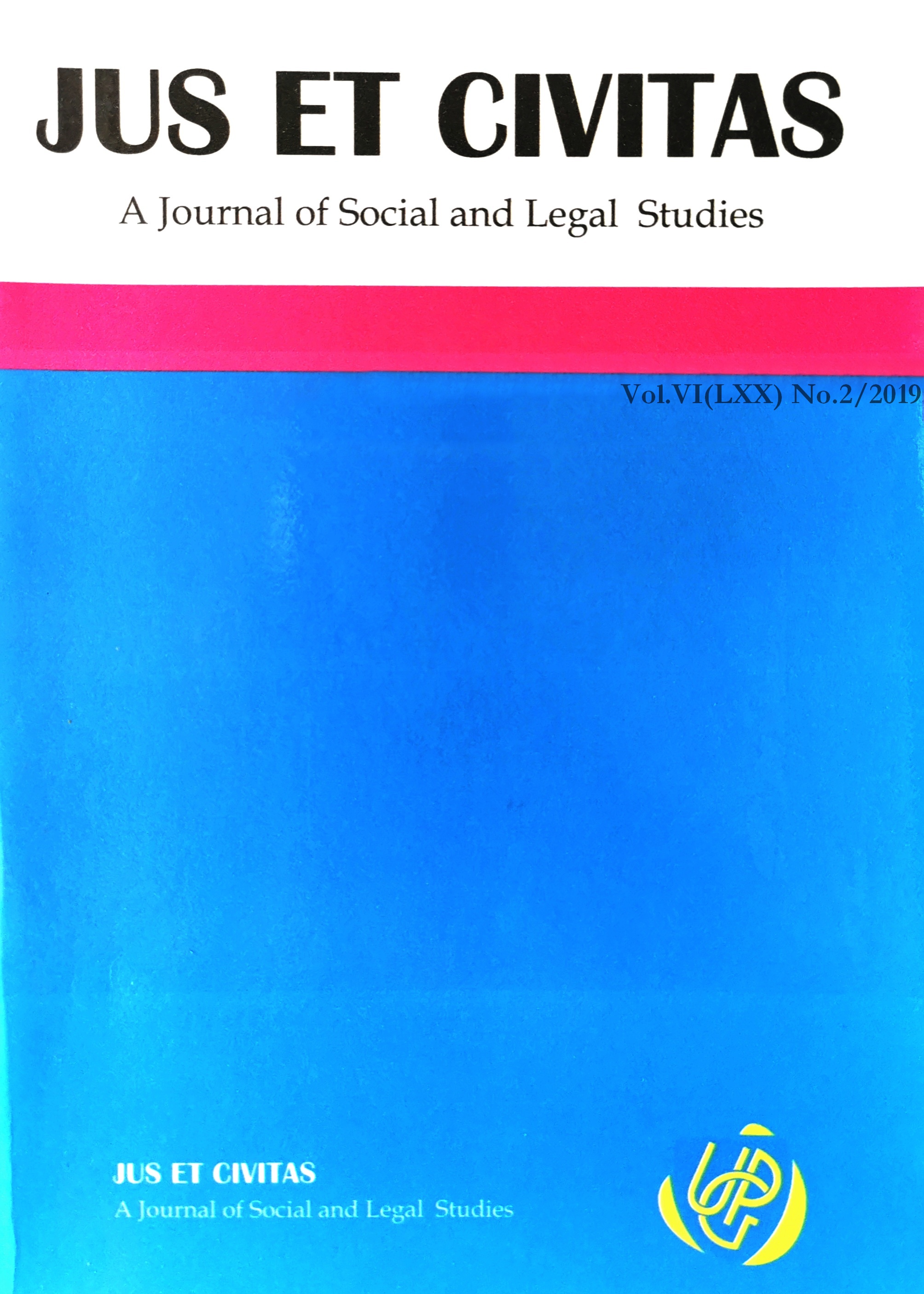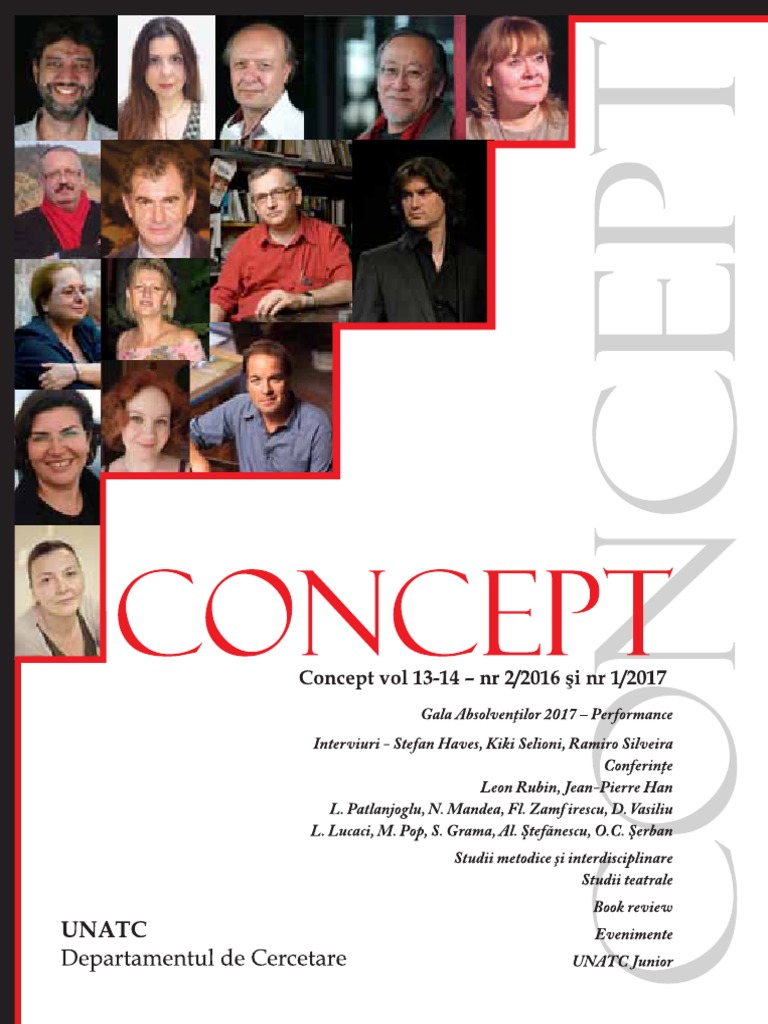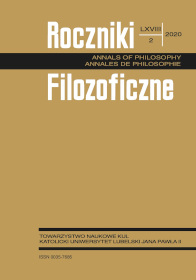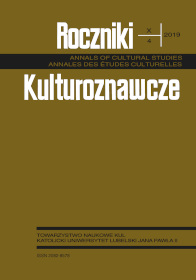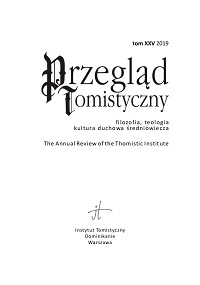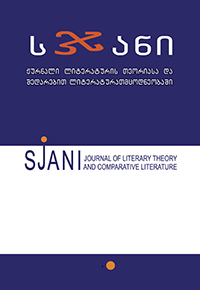
რენესანსული ანტროპოცენტრიზმიდან ბაროკოულ თეოცენტრიზმამდე
Ideological grounds for renaissance culture is humanism, and its anti-dogmatic and anti-Christian secular nature world outlook mirrored deep social and ideological changes taking place in late Middle Ages Italy. At this time an interest was generated towards antique culture and its revival was started. A man, free from feudal-ecclesiastic violence was in the center of interests of humanists. Thus, humanists formulated a new human conception: if church ideology of Middle Ages tried to inculcate in men an idea that he was feeble and sinner, the humanists, in the contrary, praised a person, believed in his unlimited abilities and creative potential. Renaissance started liberation of a person and it lead a man from anonymity of Middle Ages. Christianity became more structured, more open for life, more acceptable for secular men, loyal to perception of beauty of body and world. Humanists tried to rehabilitate perceptual nature of a man; renaissance literature that was free from church press protected free opinion of a man and his personal freedom: personal dignity, its protection and unlimited belief in a man is the essence of renaissance. Humanists believed in kind nature of a man. According to their opinion, the nature awarded a man with the properties, which prevented him from sinning, from doing all kinds of evil and negative. According to their opinion a man needed no external restrictions, since he had inner harmony and measure, which was a measure of splendid constellation of giant writers, poets, painters, sculptures and learned men such as: Boccaccio, Petrarch, Ariosto, Ronsard, Rafael, Leonardo da Vinci, Titian, Masaccio, Perugino, Giorgione, Erasmus of Rotterdam, Mirandola. This is how a man and nature appeared in the center of renaissance art. Humanist philologist, poet and politician Cristoforo Landino (1424-1498) consideredthat theory of Plato didn’t contradict Christian doctrine and always tried coordination of theological and philosophical traditions. It is namely the result of thinking according to Christian categories that humanistic orientation of renaissance found most vivid expression in the theory created about a human being, when it created a new conception of a man on the base of biblical Christianity, the base of renaissance humanism, renaissance anthropocentrism. The apex of humanistic idea is namely the doctrine, teaching about aman; it directed its attention to human being and put him in the center of all interests: “I put you [human being -M.N.] in the center of universe” (Leon Battista Alberti). Renaissance world outlook is based on belief of harmony of the universe, goodwill of man, but the late humanism puts under doubt a doctrine “about unlimited possibilities” and about kind nature of a man. XVII century in almost the whole Europe is an epoch of social, political and public cataclysms and we don’t meet anymore strife for life, belief that a man will win over the evil in the works of authors of baroque, motifs of pessimism, skepticism and instabilityof real life are prevailing. Changes in baroque literature style and its essence were conditioned by qualitative changes in historic reality, termination of the era of renaissance. Religion-ethical prerequisite of baroque culture is in a deep belief that it was necessary to rescue post-renaissance man: it was necessary to rescue a man from his own self and for it, it was necessary to restore theocentric picture of the world, together with itsmoral demands towards a man, which was expulsed by renaissance anthropocentrism. World of baroque could not or didn’t accept a world in which the central place was not occupied by God. Baroque created the world where there was a balance, harmony, where dramatic effect, confrontations and harmony were prevailing, where contrasts, struggle, emotions and sufferings were lingering. Statistics of renaissance epoch, sculptures andpaintings full of dignity ceded the place to faces illuminated with mystic rapture (Bernini’s St. Teresa’s Ecstasy, El Greco’s The Ecstasy of St. Francis of Assisi and Mary of Magdala). Baroque is distinguished by its efforts to actualize spiritual experience, which was accumulated by Christian culture of Middle Ages, but alongside with it, antique mythology personages were not unknown for it, which was used by it masterfully together with biblical characters. Baroque tried not only to inhale new spirit in Christian experience of Middle Ages, but to implement synthesis of theocentrism of Middle Ages to revive conception of human freedom and dignity. Epochs of significant fluctuations and perturbations are always accompanied with repetitive revelations of biblical books. This is why the key book of baroque man became the Bible. Genesis and respectively theme of the original sin was one of the leading ones in baroque literature. Biblical conception of a man, which is based on a theme of Old Testament, was expressed in many authors of European baroque (du Bartas’ First week,that is genesis, Andreoni’s Adam, Vondel’s Lucifer and Adam in Exile. Milton’s Paradise Lost. Theme of the original sin in Georgian baroque literature was expressed in Archil’s The Dispute of a Man and the World (1684), which expresses the most significant idea for Baroque Age: that a man from the ruler of the world, which is a renaissance conception of a man, turned into a slave of a world, which already is the baroque conception of a man. When baroque poets declare the idea that as a result of the original sin the world lost harmony and that a man created similar to god, a man that is “the crown of the world” will turn into a slave, clearly expresses confrontation between the main principles of renaissance and baroque: renaissance man is almighty, he stands in the center of the world, while baroque man is no more equal to god, he is a “thinking cane”, while ancestral fortune lies is in his weak nature, himself. Thus, renaissance anthropocentrism was replaced by baroque theocentrism, which returned god into the center of the universe again. Among biblical books in Baroque Epoch specific place is occupied by Psalms, which covers infinite range of human emotions, feelings and also extremely lyrical, high artistic value and allegorical Song of Songs, its motifs of holly love attracted baroque authors. This attitude in Georgian baroque literature was expressed in poetry of Vakhtang VI (Satrfaloni). Ecclesiastes has become a philosophical base of baroque in which the authors of this epoch found the most organic text for them. The image of a sage depicted in it, who achieved everything a man can dream, passed through everything and came to the conclusion (Vanitas vanitatum, omnia vanitas est) –„Venity of venities, all is vanity” (Ecclesiastes 1: 2). Antinomy attracted Baroque Epoch authors like magneto, for them antithesis became a mentality system. The most significant role in Baroque Epoch was played by great scientific revelations and correspondingly, anthropocentric conceptions were substituted with absolutely different approaches. Baroque man more acutely felt dependence on irrational forces and similar to that when it turned out that the globe is not a center of the closed world a man could no more perceive himself as a center of the world. High moral biblical categories occupied the place of renaissance ideal of beauty. Baroque man never forgot that life was temporary and short, while death was inevitable and this is why the motto of renaissance Carpe Diem! was replaced with radically confronting essence Memento Mori! Feeling of this transient life became a mark of this epoch. This is why the baroque poetry is impregnated with the theme of time transiency and parish ability, which created mystic fear, but on the other hand feeling of transient and all perishing time and vanity ofeverything earthly used to incite surprising hedonism: love for life and its adoration. Such paradox lead baroque literature and it was namely this antithesis that united a split baroque man. David Guramishvili is distinguished for its highest baroque expressiveness: tragic emotion of his dissociated, dualized soul and plead for its union is expressed in antithesis couples. If painters of the renaissance conceived human anatomy as support means for creation of adequate impression on human body and attributed great attention to the study of muscle system (Pollaiuolo, Leonardo da Vinci), since they needed knowledge of human anatomy to depict beauty of human body, baroque painting and poetry directed renaissance interest towards human body in quite another vector: here anatomy is not a support means but is a feeling, emotion associated with death. In poetry as well as in painting one of the forms of expression of life finiteness is associated with human anatomical body.Such an attitude to death was expressed in baroque poetry of Georgia too, where death, as a personage is offered by David Guramishvili by plastic obviousness. Baroque poetry and painting show well attitude of a man to death: „All go unto one place; all are of the dust, and all return to dust again” (Ecclesiastes 3:20).
More...
